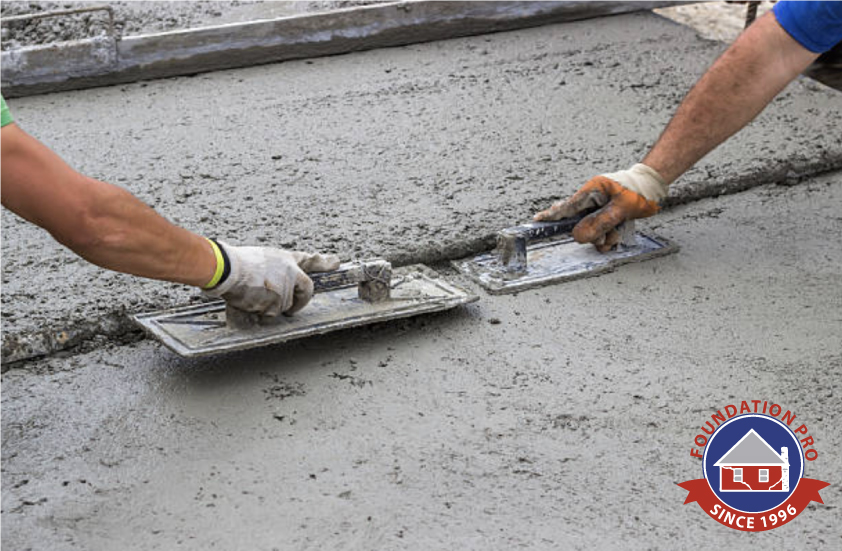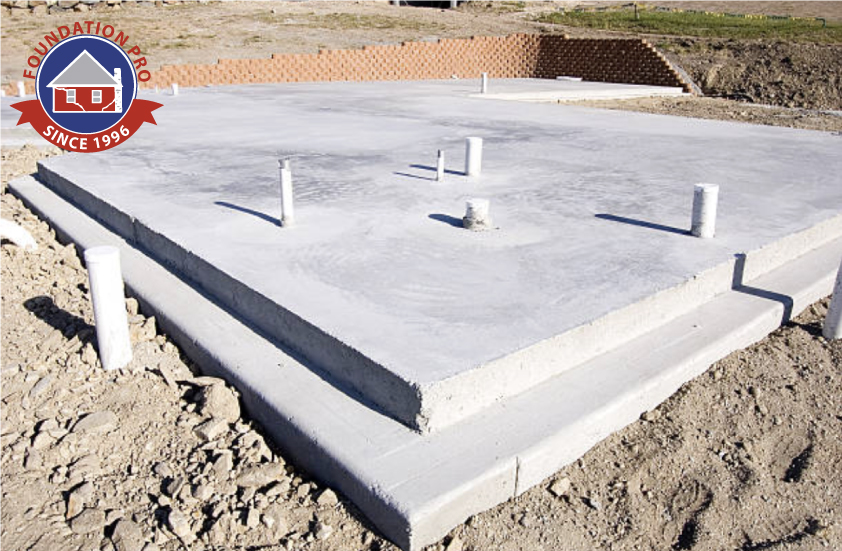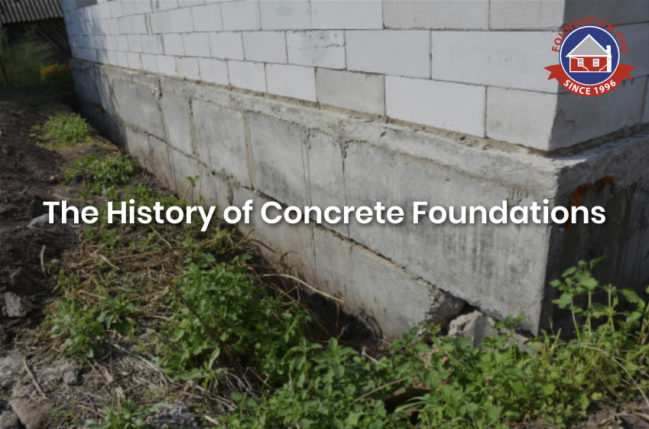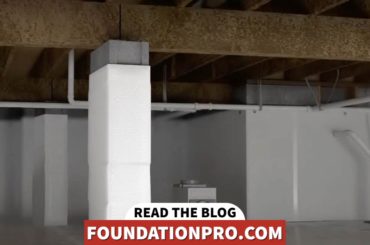Concrete! What a wonderful thing. This multifunctional substance has revolutionized the safety and structure of modern homes. But though concrete has been commonly found in ancient construction excavations, it was not used for modern foundations until the 1900s! Knowing the history of concrete and its purpose as foundational material helps us understand the importance of proper foundation maintenance and repair. So, let’s go on a time-traveling adventure together to discover how and why concrete foundations came to be.
The Origins of Concrete Foundations
Civilization relies on concrete for housing, architecture, and underground facilities. Surprisingly, this revolutionary substance has ancient roots dating all the way back from 6500 B.C. The Nabataea traders in Western Asia were responsible for creating some of the first concrete housing structures and floors. In the Ancient Egyptian and Roman eras, builders discovered that they could add volcanic ash to the mix, allowing the concrete to set underwater. Before concrete, ancient civilizations used sun-dried bricks to build housing structures. These bricks dried in the sun and were bound together by mud or a similar mortar. Concrete completely transformed the brick and building game! However, concrete was not used in the construction of foundations until thousands of years later.
Originally, builders elevated homes on pad stones to prevent the structures from sinking into the soil. This idea of putting the weight on the stones, rather than the earth, was the first step towards the creation of modern foundations.

World War II and Concrete Foundations
Concrete foundations may be the perfect physical embodiment of “Work Smarter, Not Harder.” The United States saw what can only be referred to as a “Building Boom” in the 1940s when veterans returned home after World War II. The need for the quick completion of sturdy, quality homes was urgent, and concrete foundations were the solution! In a stroke of good fortune, it was faster, more cost-effective, and stronger to pour a concrete slab foundation rather than frame the floor with wooden beams and posts.
Raft Foundations vs. Strip Foundations
As poured concrete foundations gained traction, they saw their own evolution throughout the 20th century. The two main types were Raft and Strip foundations.
- Raft Foundations. In the early 1900’s, when poured concrete foundations were entering mainstream home-building, architects relied on “Raft” foundations, which were thick, reinforced slabs of concrete that covered a wide area. The benefit of raft foundations is that the load of the entire structure can be spread over the entire area, reducing stress.
- Strip Foundations. Strip foundations provide support to a linear structure, such as a wall or a line of columns. This newer model of concrete foundation is able to withstand heavy loads and are easier to build than their raft counterparts. They are long-lasting, and you can even have an easier time insulating the floors with a strip foundation!
It is important to consult with your foundation repair team before making any big foundation repair decisions. They can help you determine which steps to take to ensure your foundation stays strong and long-lasting.

Concrete Foundation Repair
One of the final benefits of concrete foundations is their flexibility while undergoing repair. Yes, foundation repair can be an extensive project. But it’s better than starting from scratch! In many cases, a foundation can be repaired without replacing the entire structure. There are a few ways to repair your foundation without replacing your foundation.
- Steel Pier Pilings. Foundation Pro uses the most advanced foundation repair and stabilization options! Steel piers transfer the weight of the structure off of the weaker soils and onto the steel pier piling.
- Concrete Staples. Cracks larger than a hairline generally deserve your attention. Carbon fiber concrete staples are designed to stabilize and support poured concrete slabs and are up to five times stronger than concrete.
- Carbon Fiber Straps. Like concrete staples, carbon fiber straps are used to bridge back two sections of a broken concrete slab.
- Slabjacking – Polyurethane Injections. If you have foundation problems, you may need to have the concrete raised. Foundation Pro injects high density, expansive polyurethane foam under the slab through a series of 5/8 inch injection ports. These injections fill voids, stabilize soils, and raise the concrete.
Contact Foundation Pro for a Free Consultation!
The experts at Foundation Pro have worked on over 4,000 homes in the Central Arkansas area and will conduct a thorough evaluation of your foundation! If you are in need of Foundation Repair, go with the pro! Call Foundation Pro today! 501-753-1009




